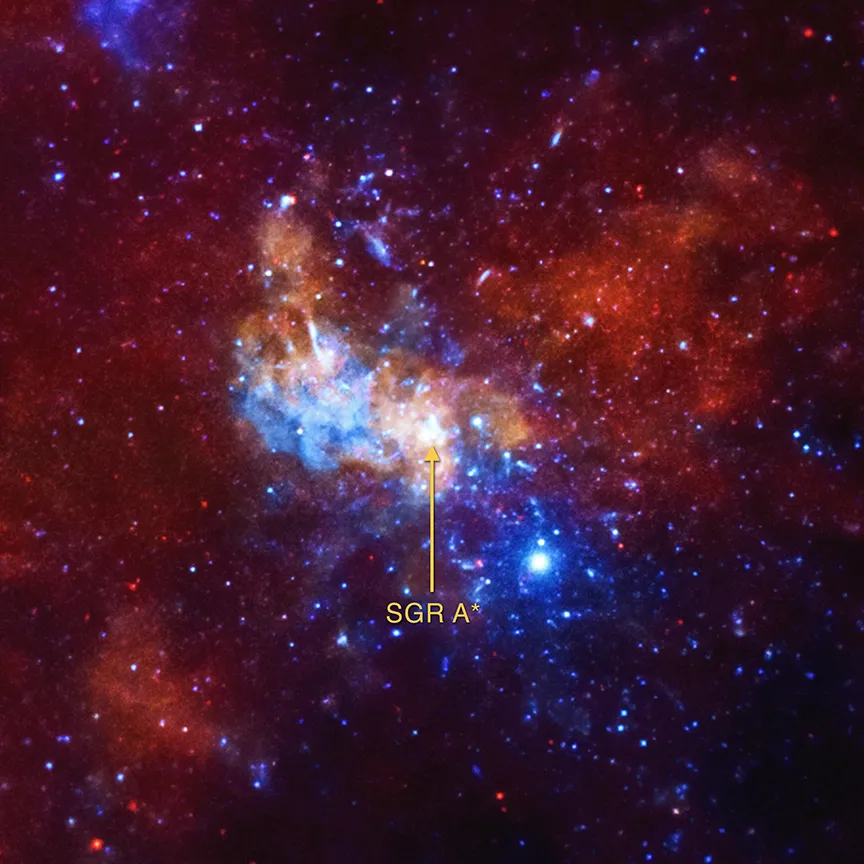If we want to answer the question as to how fast the Earth spins, there's a short answer: a little over 1,600 km/h (1,000 mph) at the equator.
But the answer to this question is a tad more complicated than it seems, partly because Earth’s rotational velocity isn’t constant across its surface.
And partly because Earth’s spin is just one of many forms of motion that we’re constantly in – all without feeling any of them.
Earth spin speed? Depends where you are

To understand the first part, imagine you’re looking at the Earth top-down, so you see a circle with the North Pole in the middle.
Now imagine drawing a series of concentric circles on the planet, such that the innermost circle is a mere dot (the North Pole) and the outermost circle is the equator.
Those imaginary circles, in our 2D picture, translate in the real world to lines of latitude.

Now imagine two points representing locations on Earth: one on the outer circle (i.e. at the equator) and one on a circle, say, halfway from the centre to the outer circumference (equating to a latitude of around 45°N).
Earth takes a day (or, strictly speaking, 23 hours 56 minutes and four seconds) to spin on its axis, which means that in 24 hours’ time, each of those points needs to have returned to its current location.
That gives our two circles 24 hours to rotate.

But our location on the equator has a very large circle to get around, while the one at 45° sits on a much smaller circle and needs to cover much less ground in the same time period.
For this reason, the actual speed at which you’re travelling around in space due to Earth spin varies considerably.
At the 45°N point, that speed of Earth's spin, 1,600km/h, drops down to just 1,180kmh (733 mph), and by the time you get to the North Pole you’re just about standing still.
The same applies to other planets, too, but that’s quite a complicated idea, so to avoid confusion, when talking about a planet’s rotational velocity, the figure at the planet’s equator is the one scientists quote.
And, rather alarmingly for us, NASA says climate change is slowing Earth's spin and making days longer.

Earth spins and orbits
But how fast Earth spins isn't all you need to consider, because you’re not just travelling around Earth’s axis at roughly 1,600 km/h.
Earth is also orbiting the Sun, which means that as well as spinning around, you’re hurtling around our parent star at a speed of around 30 km/s (48 mi/s) or, to put it another way, 107,000km/h (67,000 mph).
Which is nothing, really – not compared to the 200 km/s (320 mi/s) or 719,000 km/h (447,000 mph) at which our entire Solar System whizzing around Sagittarius A*, the supermassive black hole at the centre of the Milky Way galaxy.

And then beyond that, of course, there’s the ever-accelerating expansion of the Universe to consider, which means that the entire Milky Way is hurtling through space at speeds that hardly bear thinking about.
So it’s a good job you can’t actually FEEL all that movement, isn’t it?
Because just writing about those speeds has made us feel a bit dizzy… imagine what it would be like if you could!

